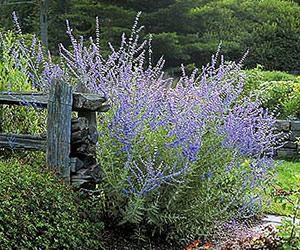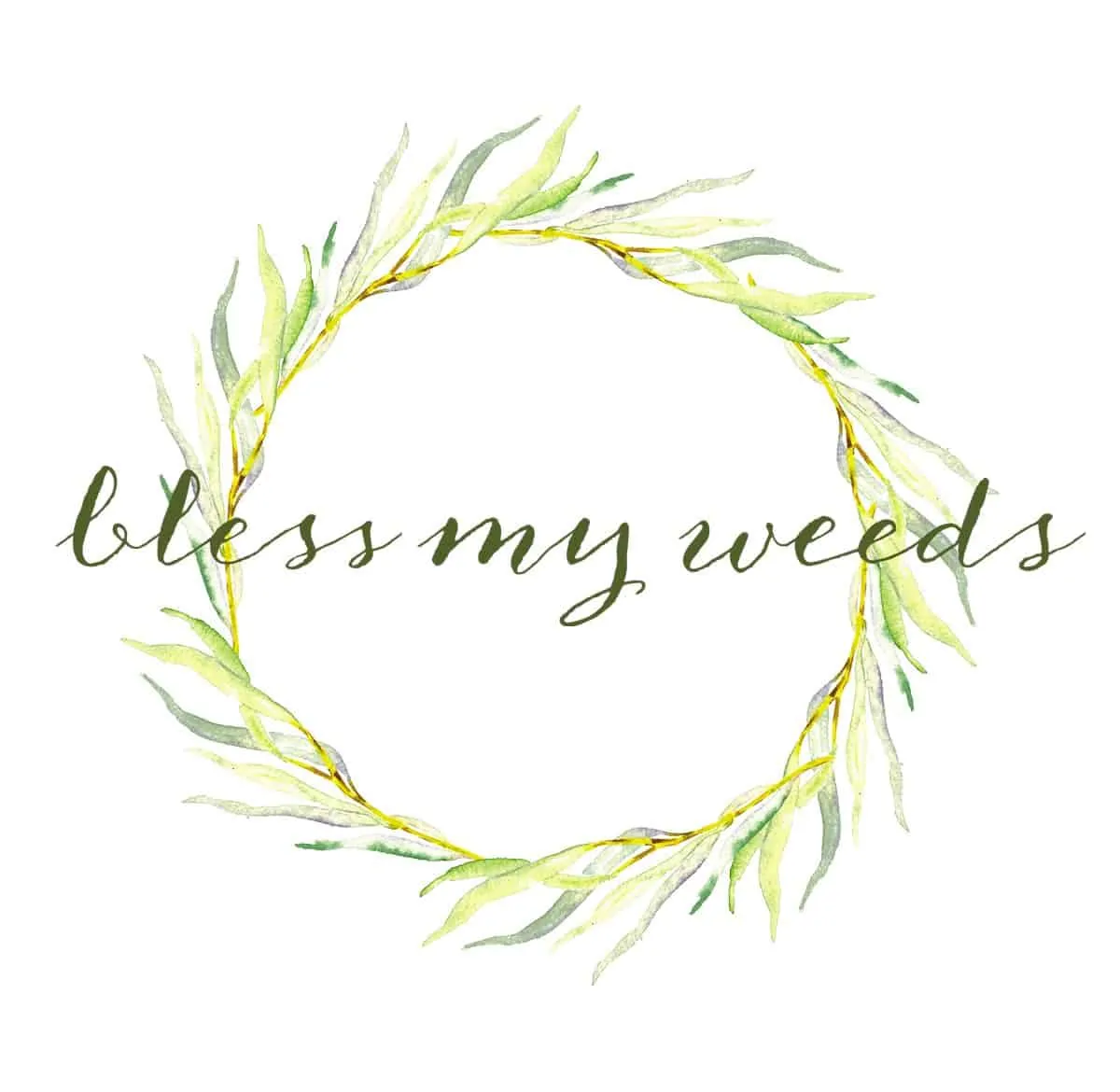
Plant Care Basics
Contents

Grow Zone Recommendation: Russian sage is a large perennial that grows in USDA planting zones 4 to 9.
Sunlight Needs: For best results, grow Russian sage in a location with full sunlight.
Watering Needs: Russian sage is an ideal plant for xeriscaping, as it actually prefers very dry soil conditions. Once established, they’ll rarely need to be watered.
Average Size: The normal size for Russian sage is anywhere from 3 to 8 feet high and 2 1/2 to 3 feed wide, depending on growing conditions and variety.
Foliage Color: Its foliage is silver-gray with blue flowers that bloom in summer and fall. The foliage also provides nice fall color when the weather changes.
Must Know Plant Care Tips: Provide a very dry location for Russian sage. You may see your plants sprawl if you grow them in shady locations. You should plant new Russian sage in early spring, leaving 2 to 3 feet of space between each plant. Water them occasionally until well established. You can apply mulch if you like, but gravel is a better choice than organic mulches, since gravel will allow moisture to evaporate more quickly. About every other year, scatter some fertilizer or compost around each plant. Do this in late fall. Russian sage can be cut back to a foot above the ground in the fall. However, you can also let the seed pods and stems stick around through the winter for garden interest.
Plant Problem Solver: In the spring when new growth appears, cut older stems back to just above the lowest leaves. If you see sprawling in summer, cut back the top 1/3 of the stems to encourage more upright growing. If your plant ceases to bloom in summer, cut the stems back by half to encourage fresh growth and new flowers. Russian sage is deer resistant and attracts birds.
Pretty Pairings: Common companion plants for Russian sage include ornamental grasses, purple coneflower, moonbeam coreopsis, English lavender, and black-eyed Susan.

Leave a Reply